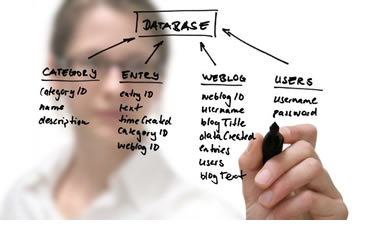

Relationships, fields and tables.
No, this is not some sort of romantic picnic but just some of the jargon used in MS Access databases. Those terms along with foreign keys, unique identifiers, queries, forms and reports are all crucial parts of creating an application which will store data and display it in various, meaningful ways.
Top Ideas & Solutions has built quite a few databases over its years of existence. From the Brocas Museum (Woodville) asset register to a database which assists in collecting data from the family of recently deceased people databases are key to recording and retrieving data.
Unlike Excel which entry level people can easily pick up, Access is a little more demanding. Excel can create a database-like table but it is not truly dynamic nor 'relational'. The key to any 'relational database' is that you should only have to type the data once, for example, a name or an address. Excel is not really that good at that whereas that is Access' bread and butter.
Starting from the basics (table design) to the output (reports), Access has the folling components:
Because we are generally training, phone contact during business hours is limited. Therefore either use our Contact page or
 .
.